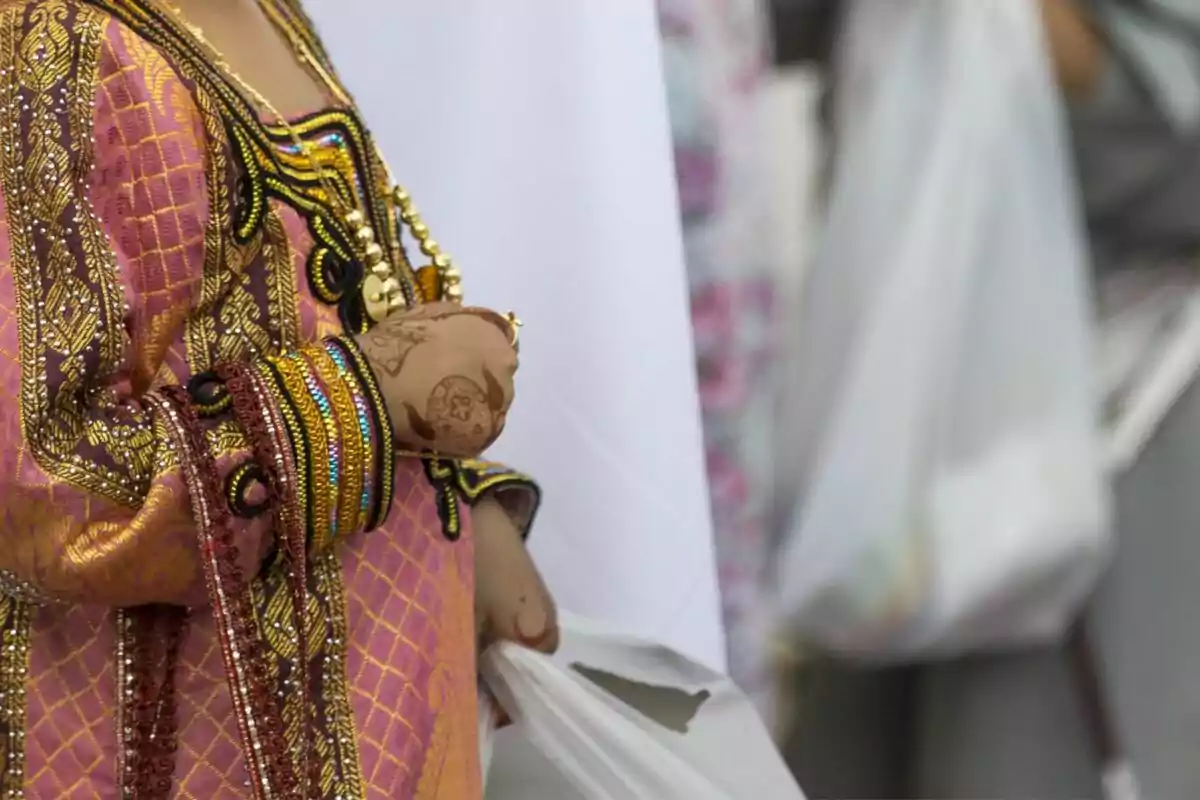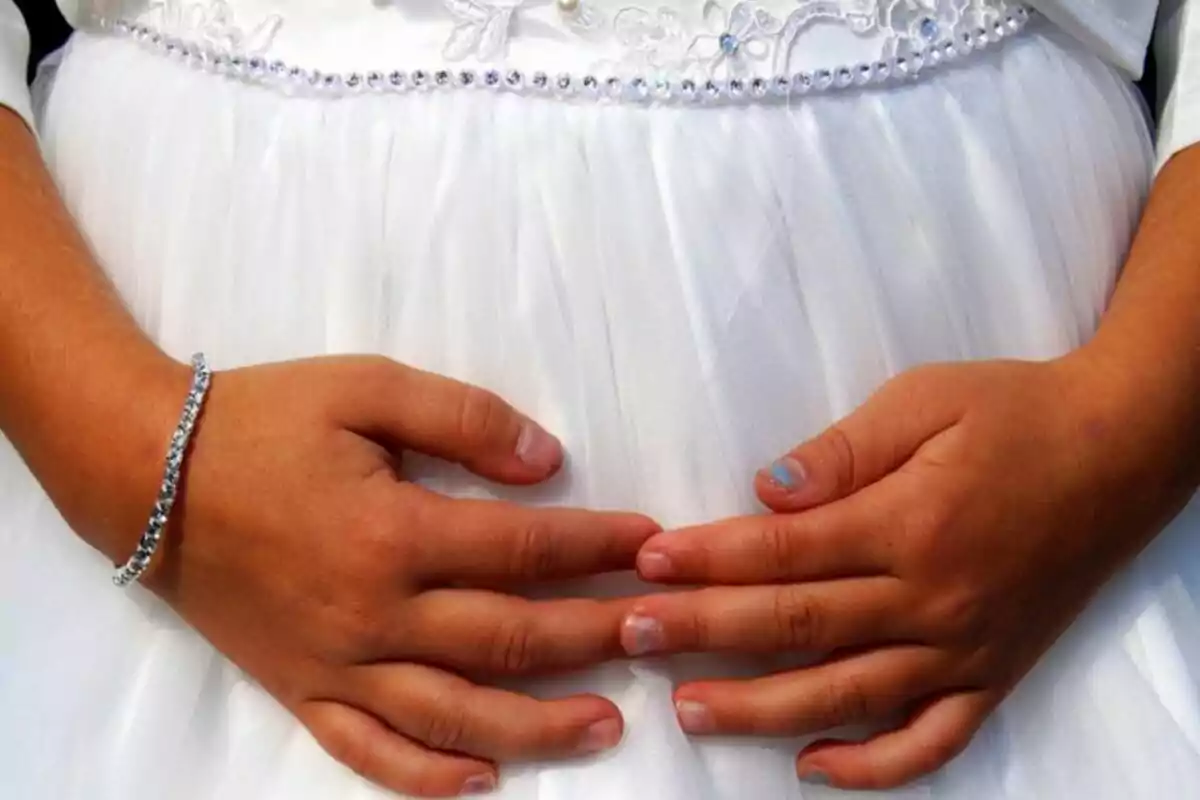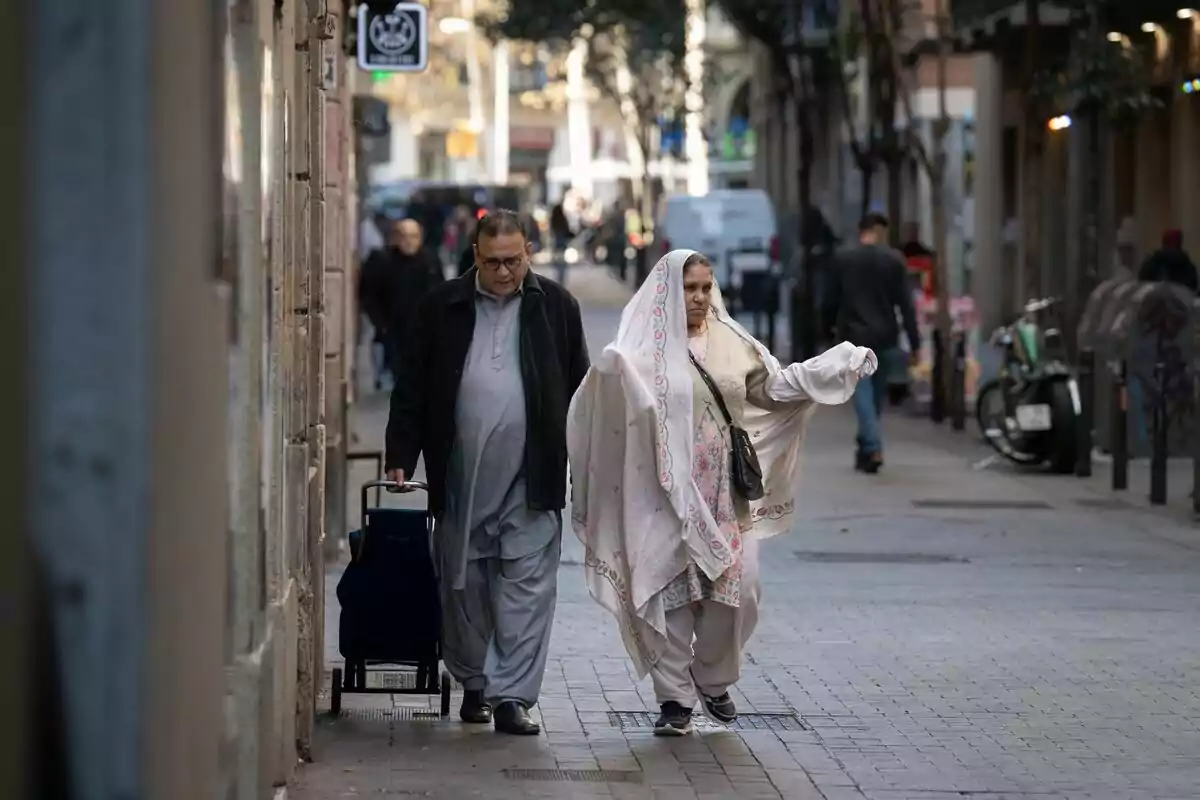
The Fact About the Origin of Forced Marriages That Generalitat Doesn't Want You to Know
It is still a common practice in countries like Senegal, Pakistan, Bangladesh, the Philippines, and India.
The Generalitat has recently provided data on forced marriages known to have occurred in Catalonia. From 2009 to 2021, nearly 200 cases were detected. Between 2019 and 2023, 76 cases were recorded, with a surge of 18 cases this past year.
Not only are the data alarming. Leisure educators in Raval have recently denounced the vulnerability of many teenage girls subjected to strict family control. The girls are socially isolated when they reach puberty, often as a preparatory phase for arranged marriages.

The vast majority of cases occur in the age range of 13 to 21 years, especially between 16 and 18. Forced marriage and child marriage are strictly prohibited in Spain and Europe. But it is a growing phenomenon.
The Generalitat provided the data at the request of Vox but refused to disclose the origin of the families. According to the Department of Equality in the document, "it must be addressed as a serious violation of human rights. But the origin of the families is not a relevant piece of information when dealing with this type of violence."
However, to eradicate a phenomenon, it is essential to know its roots. In this case, the cultural factor is indeed crucial to understanding a practice that was until recently eradicated in Western societies.
Data in Catalonia
The first relevant data is from the countries where the practice of forced marriages remains legal or common. The country leading the ranking is Niger, where 76% of girls marry before the age of 18. It is followed by other African countries such as Senegal, Chad, Mali, Sudan, and Burkina Faso.
This practice is also widespread in South Asian countries like Indonesia, Pakistan, and Bangladesh. India records one of the highest numbers of child marriages.
Although more residually, it is also present in some Latin American cultures and Eastern Europe.
In Catalonia, there is a very high percentage of African immigration, and South Asian immigration is rapidly growing.
According to Idescat data, there is a significant concentration of people from Pakistan, the Philippines, India, and Senegal in Catalonia. All these countries where this practice is legal or common. In the Philippines, for example, it was banned by law in 2022 but continues to be practiced as part of ancestral customs.
In Barcelona, the concentration of these nationalities is even greater. The paradigmatic case is Raval, where many of these cases are detected. In this Barcelona neighborhood, there are 23,800 inhabitants, of which 50% are foreigners (4,500 from Pakistan, 4,000 from the Philippines, 3,000 from Bangladesh, and 1,000 from India).

It should be noted that the majority of these cases are located in the metropolitan area of Barcelona, in Barcelona itself and in the Tarragona area. Therefore, we can establish a logical relationship between the geographical areas and the origin of the immigration.
Nationality Does Matter in This Case
The Generalitat refuses to provide data on the origin of the families to avoid stigmatization. But studies reveal that in this case, the cultural factor is indeed crucial, as it is a practice rooted in some cultural traditions.
Many of these traditions are based on a view of women as dependent or incapable of functioning autonomously. Girls are seen as a responsibility of the parents until they marry, when they become the responsibility of the husbands. Economic factors (debts, dowries) and anthropological factors (family honor) also play a role.
The countries where this practice remains common share several aspects such as extreme poverty, low cultural development, and the persistence of archaic traditions. There has therefore been no transition to modernity. Now these practices are being exported to developed regions with a high level of culture and modernity, like Catalonia.
The self-imposed taboo of the Generalitat on this issue is another example of institutional benevolence in Catalonia. Although in this case, the priority should be the protection of the victims, many of whom are minors.
More posts: